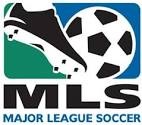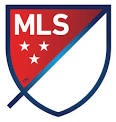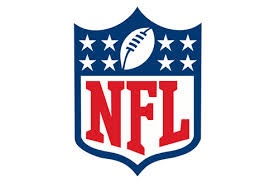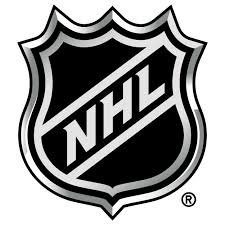You may not always be looking at logos, but we are. We are often asked to craft a new logo, or tweak an older logo, or just to update the look. Colors go in and out of fashion (do you remember avocado kitchen appliances?), fonts grow a little fusty, and logos are a central part of brand identity.
But, don’t be fooled. Logo work is hard. So much information has to be represented in a logo: an idea of what your company does, and how you view yourself and how you wish your clients and customers to view you.
There are iconic logos out there, ones that when you see the company logo, even without seeing the company name, you can readily identify…think of the Nike “swoosh” or the golden arches of McDonald’s.
In the news recently is the logo change of Major League Soccer. Here was their original logo:
Is this original logo perfect? Probably not. Maybe the ball and cleated foot are a little too “icon-y”; maybe the colors are looking a touch dated. But, what does the logo show us? It reminds us what MLS stands for, and it is a logo that stands out nicely on uniforms, because of the predominance of white in the logo (which is actually somewhat unusual). I am sure the designers of the original logo chose to enhance the whiteness, in order to keep the soccer ball as the element in the logo that draws in your eye.
Here is the (fanfare!) newly released MLS soccer logo:
Hmmm.
What have we here? The new logo designers have taken away the somewhat cartoonish soccer boot and ball and replaced it with the letters MLS only on a shield, with a protruding slashed line. The colors are completely changed as well.
Here are some initial thoughts about the redesigned logo and ways to think about your own branding:
- The letters MLS mean something to fans of Major League Soccer (and their attendance at matches is now eclipsing numbers-wise those of certain NBA and NHL franchises). But, for lots of people, MLS doesn’t yet have the same “brand letter recognition” that the NFL and NBA have. It’s a reminder that our logos might be clear to us, but they have to be doubly clear to the public.
- Because MLS is not spelled out on the shield, it may have been premature to remove any indication as to what MLS stands for (i.e., the imagery of the boot and the ball).
- The change in color scheme is not necessarily a bad thing. MLS is comprised of American and Canadian teams, so having red, white and blue is perfectly acceptable. Change is ok!
- The officials from MLS say the bottom half of the shield represents the goal. And you can see what they are talking about, as the area is shaped like an exaggerated goal with empty space. But is a logo that requires explanation an effective logo?
- What’s with the protruding line? Really I have no idea. But MLS has released this explanation: “The slash refers to soccer’s speed and energy. The slash begins outside the perimeter and drives upward at a 45-degree angle to illustrate both the nonstop nature of our game and the rising trajectory of our league. It bisects the crest to create a ‘first half’ and ‘second half.” I like the explanation, but from just a purely graphics perspective, the protrusion of the line feels “off”.
- Major League Soccer is feeling grown up. The league is turning 20 and it is now a profitable enterprise with teams all over the U.S. and Canada, in cities as diverse as Chicago and San Jose. One can sense that the corporation wanted to project that maturity into a more stately, less brash logo. Logos do need tweaking and updating as the nature of businesses and entities change.
- Clearly, MLS was influenced by the the NHL and NFL, both of which sport shield logos. In addition, the team with the best record in the MLS is awarded the “Supporters Shield”, although there are still league playoffs. The NFL logo also is red, white and blue with stars, but it still shows the football. NHL, interestingly, has a shield logo with no indication as to what NHL stands for; the owners assume the strong brand recognition of the letters only.



